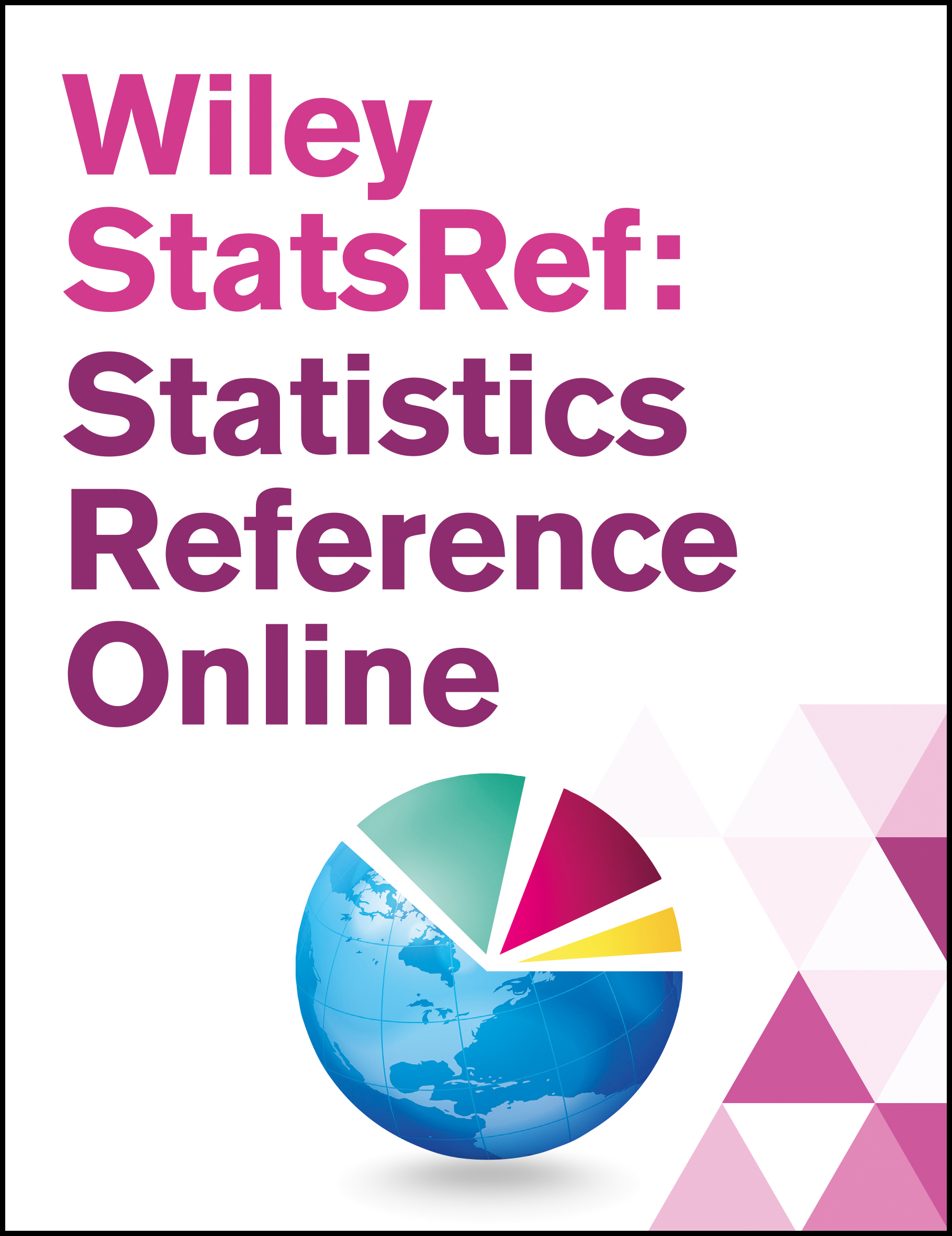Degradation and Shock Models†
Abstract
The standard assumption in shock models are that the failure of a system is caused either by the cumulative effect of a large number of shocks or by a shock that exceeds a certain critical level. In this paper, we discuss both possibilities and consider some generalizations of existing models. Two generic point processes of shocks are considered: the renewal and the Poisson processes. When the average number of renewals to reach the degradation threshold of accumulated damage is large, the asymptotic renewal theory is used for obtaining the first passage probabilities. For the specific case of the homogeneous Poisson process of shocks, some new models with different criterions of failure are considered. For instance, we consider the setting when the failure occurs only when the successive shocks are “closer” than the predetermined value (deterministic or random).



